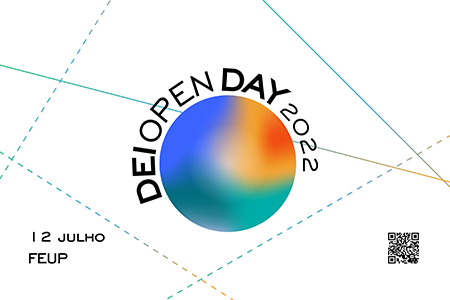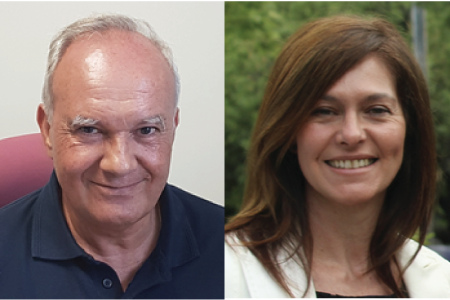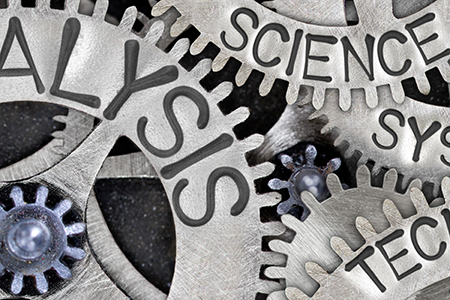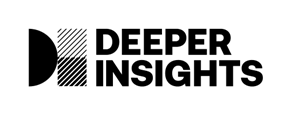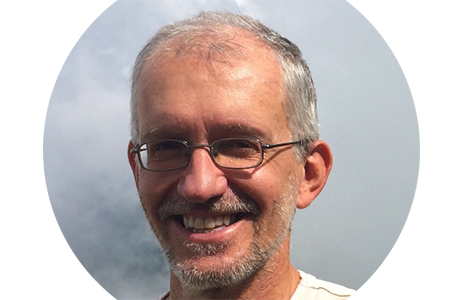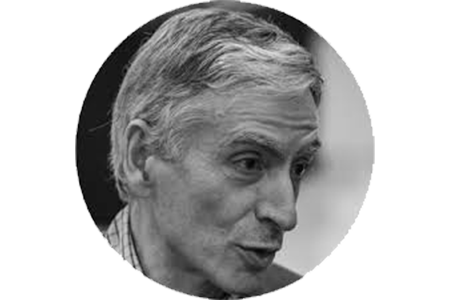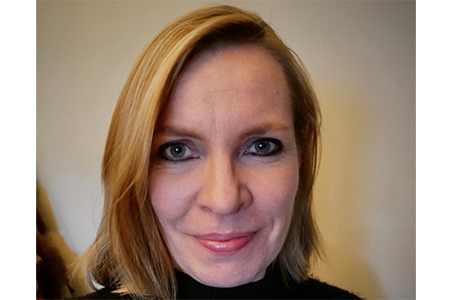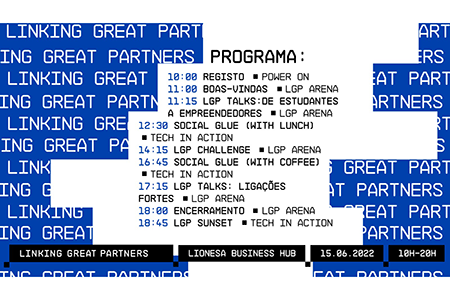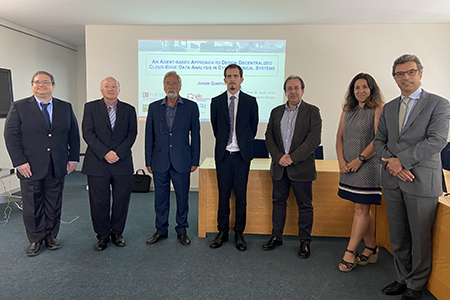Lionesa Business Hub hosts on June 15 the event Linking Great Partners, which takes place throughout the day with a fair space (for demonstration of the products developed), several lectures and networking space. This year’s edition of the event was named “The Unboxing Edition“, as it is the first time that it takes place outside the walls of the University, in order to reinforce the importance of the connection with companies.
There are 24 proto-startups created by about 250 students enrolled in the curricular unit of Project Management Laboratory (LGP), from several courses of the Faculty of Engineering (FEUP) and also involving 5 students from the Faculty of Fine Arts (FBAUP) of the U.Porto, to respond to real problems identified by the 16 partner organizations and to problems identified in the market.
As stated by the European Commissioner for Innovation, Research, Culture, Education and Youth Mariya Gabriel at the launch of the European initiative “Innovation Capacity Building for Higher Education”, universities play a critical role in the development and growth of local and regional innovation ecosystems. By promoting experimentation and the connection between science, technology, culture and art, this educational project at the U.Porto, this year supported by the INVENTHEI project – Innovation and Entrepreneurship in HEIs (http://www.inventhei.eu), fits into the foundations of the European initiative, developing in students the skills that allow them to create innovative solutions that result from a creative and interdisciplinary mentality.
By applying agile software development methods and lean experimentation, student teams have developed several innovative technological solutions, such as AutoRocket+, a rocket navigation simulator, designed for all levels of primary and secondary education, in which students can design and program a rocket with autonomous decision-making capacity, at the request of Visionarium. In this 2022 edition, a solution for the interactive identification of defects in the automobile industry was also designed for the Stellantis Production Centre in Mangualde, and also the app CheapShop, an entrepreneurial project that aims to help choose the best place to do the weekly shopping. There is also an installation that merges art with technology and that has the war in Ukraine as its theme. These are just some examples of the projects that will be demonstrated during the event.
Gil Gonçalves, coordinator of the curricular unit and Professor of the Department of Informatics Engineering of FEUP, highlights that this initiative is essential for “students to understand that the collaborative, entrepreneurial and creative spirit are fundamental ingredients in the innovation and success of any project” and adds that “LGP”, through its teaching-learning model and the links it promotes and enhances between education, research and society, aims to have a systemic impact on the university, contributing to increase the innovation and entrepreneurship capacity of its students, as well as enhancing the contribution of students and the university in the regional innovation ecosystem. ”
For Raul Vidal, Emeritus Professor of the Faculty of Engineering, “by involving students from various curricular spheres and distinct profiles in a collaborative work that instigates critical and creative thinking, the LGP assumes itself as a unique opportunity to develop skills in the areas of project management, teamwork, interaction with clients, marketing, communication, and so many other valences that make our students future professionals with a truly differentiated profile and prepare them to be future leaders.”
The Linking Great Partners event can be followed on the event’s social networks and Youtube channel:
Linkedin, Instagram, Facebook, Youtube
